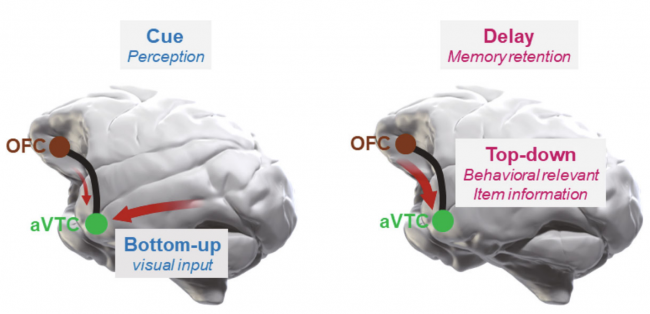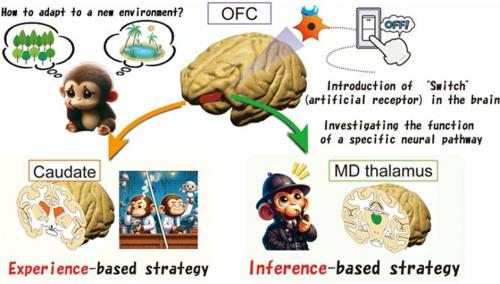Understanding Brain Circuits to Advance Mental Health Care
Motivation, emotional balance, and the ability to manage fear are essential for our mental well-being. When these functions are disrupted, they can lead to conditions such as depression or anxiety. At the Neural Systems and Circuits Research Group, we investigate how brain circuits regulate motivation, emotion, and memory, and how their dysfunction contributes to mental illness. Our aim is to translate this understanding into new tools for diagnosis and treatment. Using nonhuman primates as our model, we combine quantum brain imaging techniques like PET with chemogenetics (DREADDs), which lets us observe and precisely control brain activity in real time. This approach has revealed how specific circuits support flexible thinking and memory, and how targeted intervention can help suppress seizures. By decoding the mechanisms behind mental functions, we’re building a bridge between neuroscience and clinical care—bringing brain science closer to everyday mental health solutions.
Brain circuits for behavioral adaptation and visual memory
We have identified key brain circuits that help us adapt our thinking and remember what we see.

Two brain circuits support different types of behavioral adaptation. One circuit, connecting the orbitofrontal cortex to the caudate nucleus, is involved in “model-free” thinking—changing behavior through trial and error. Another circuit, linking the orbitofrontal cortex to the mediodorsal thalamus, is responsible for “model-based” thinking—figuring out patterns and logic. (Major Publication 2)

Another circuit for visual memories. The network from the orbitofrontal cortex to the anterior temporal cortex plays a key role in remembering what we have seen. (Major Publication 1)
Member

Minamimoto Takafumi Group Leader
- Hirabayashi Toshiyuki Senior Principal Researcher
- Oyama Kei Principal Researcher
- Nagai Yuji Senior Researcher
- Koyano Kenji Senior Researcher
- Okauchi Takashi Principal Technical Staff
- Hori Yukiko Researcher
- Hori Yuki Researcher
- Banno Taku Researcher
- Iwaoki Haruhiko Postdoctoral Fellow
- Tsuchiya Takahiro Visiting Collaborative Researcher
- Yamashita Kanane Assistant
- Yoshida Rie Assistant
Selected Publications
- Oyama K., Majima K., Nagai Y., Hori Y., Hirabayashi T., Mark A G E., Mimura K., Miyakawa N., Fujimoto A., Hori Y., Iwaoki H., Inoue K., Richard C S., Takada M., Yahata N., Higuchi M., Barry J. R., Minamimoto T.: Distinct roles of monkey OFC-subcortical pathways in adaptive behavior. Nature communications,15, 6487 (2024)
- Hirabayashi T., Nagai Y., Hori Y., Hori Y., Oyama K., Mimura K., Miyakawa N., Iwaoki H., Inoue K., Suhara T., Takada M., Higuchi M., Minamimoto T.: Multiscale Chemogenetic Dissection of Fronto-temporal Top-down Regulation for Object Memory in Primates. Nature communications, 15, 5369 (2024)
- Hori Y., Mimura K., Nagai Y., Hori Y., Kumata K., Zhang MR., Suhara T., Higuchi M., Minamimoto T.: Reduced serotonergic transmission alters sensitivity to cost and reward via 5-Ht1A and 5-Ht1B receptors in monkeys. Plos Biology ,22(1): e3002445 (2024)
- Miyakawa N., Nagai Y., Hori Y., Mimura K., Orihara A., Oyama K., Matsuo T., Inoue K., Suzuki T., Hirabayashi T., Suhara T., Takada M., Higuchi M., Kawasaki K., Minamimoto T.: Chemogenetic attenuation of cortical seizures in nonhuman primates. Nature Communications ,14, 971 (2023)
